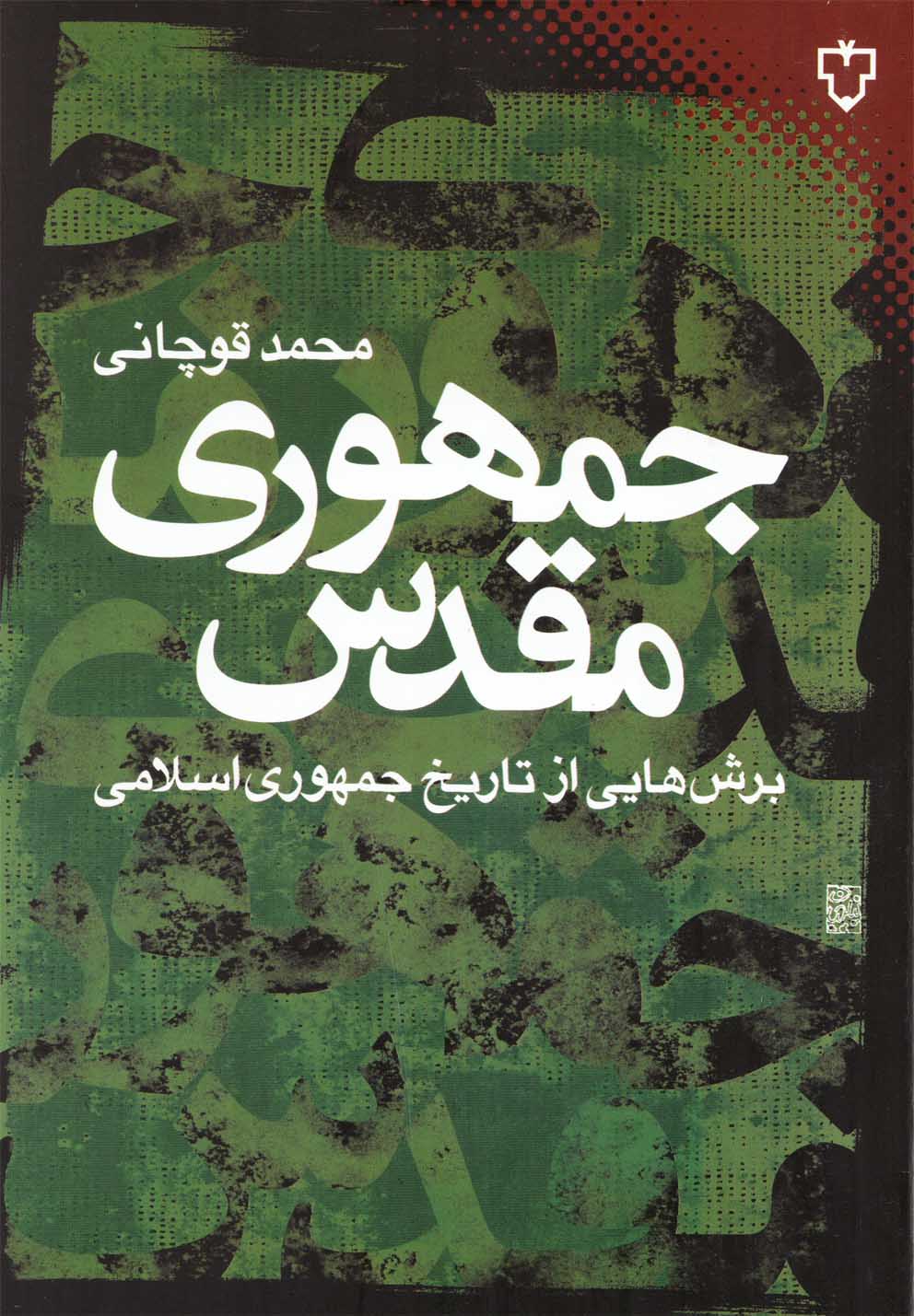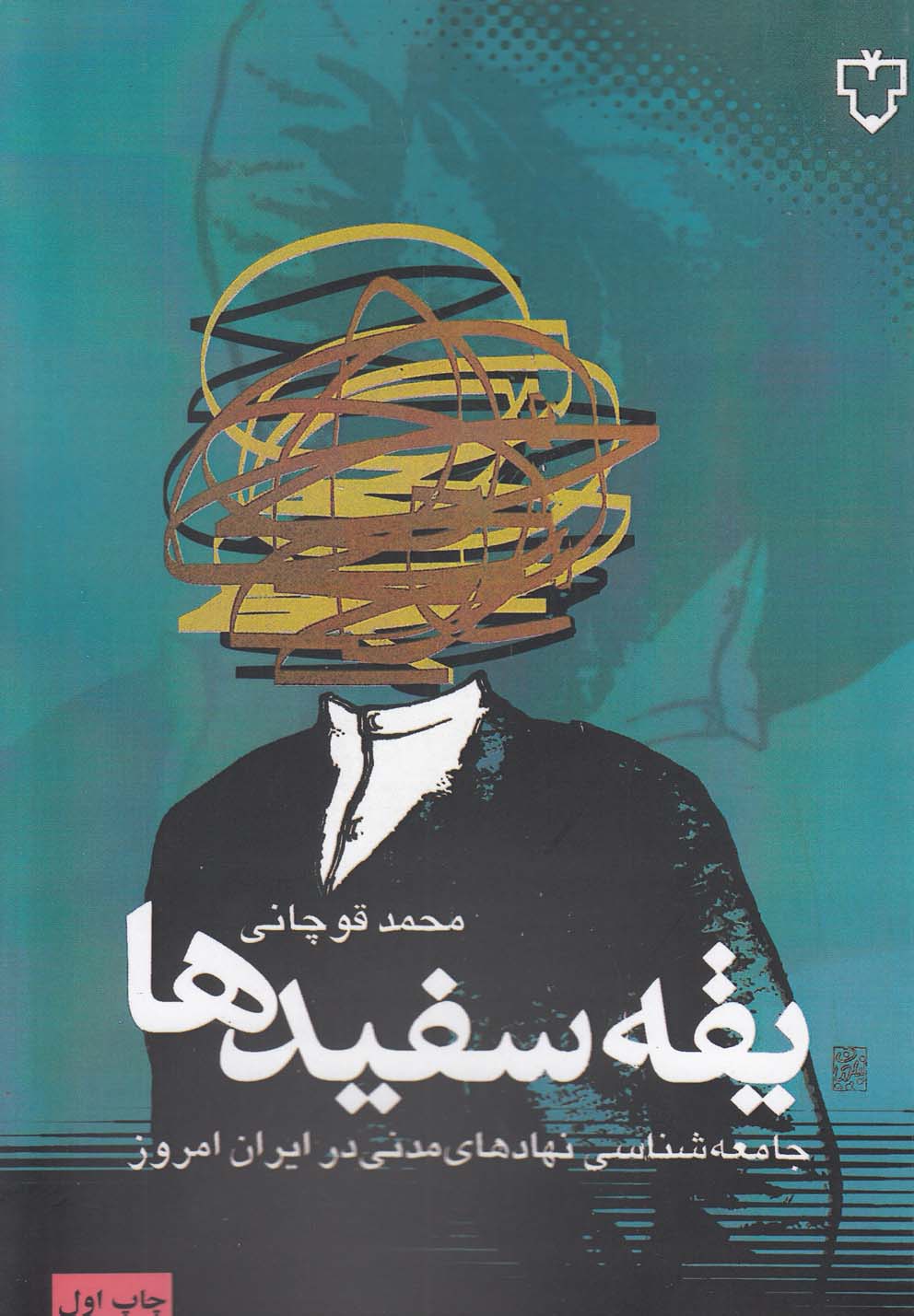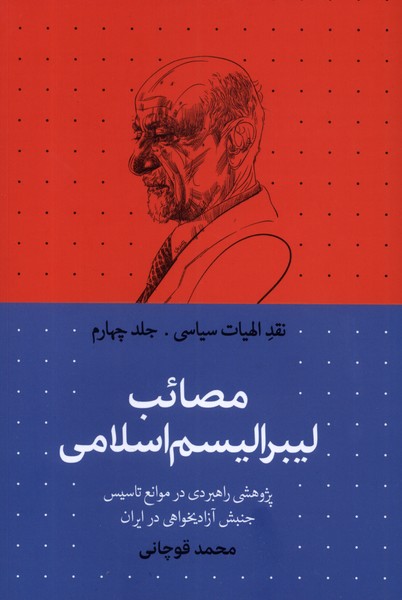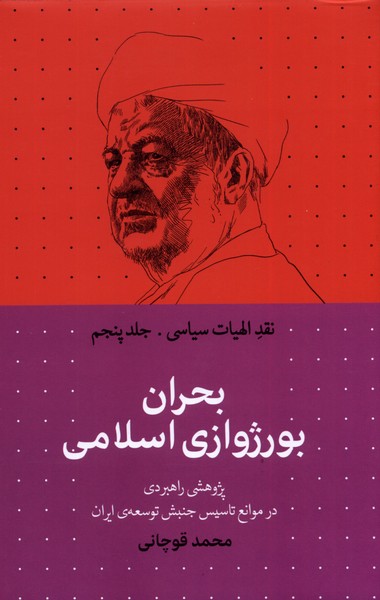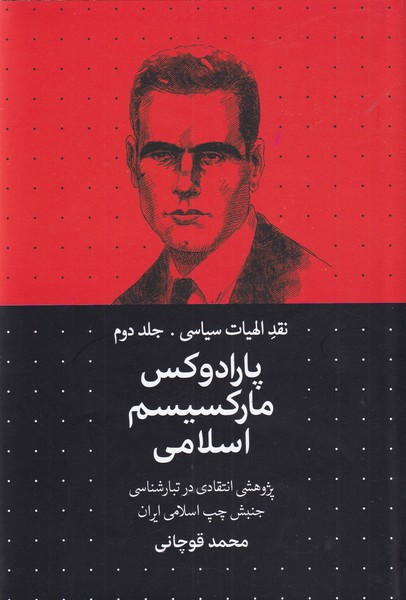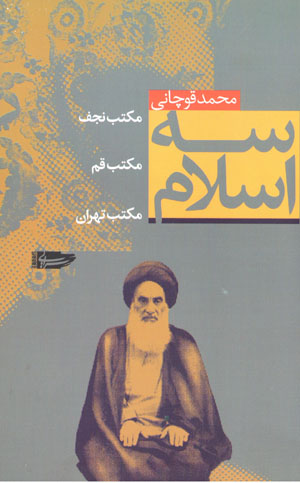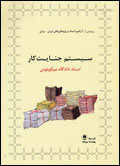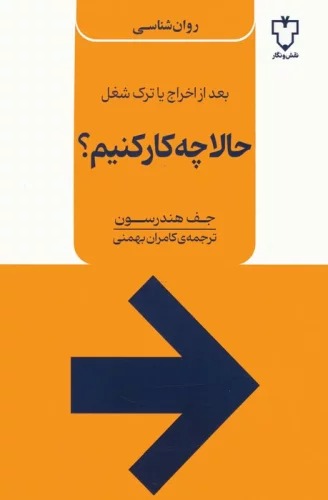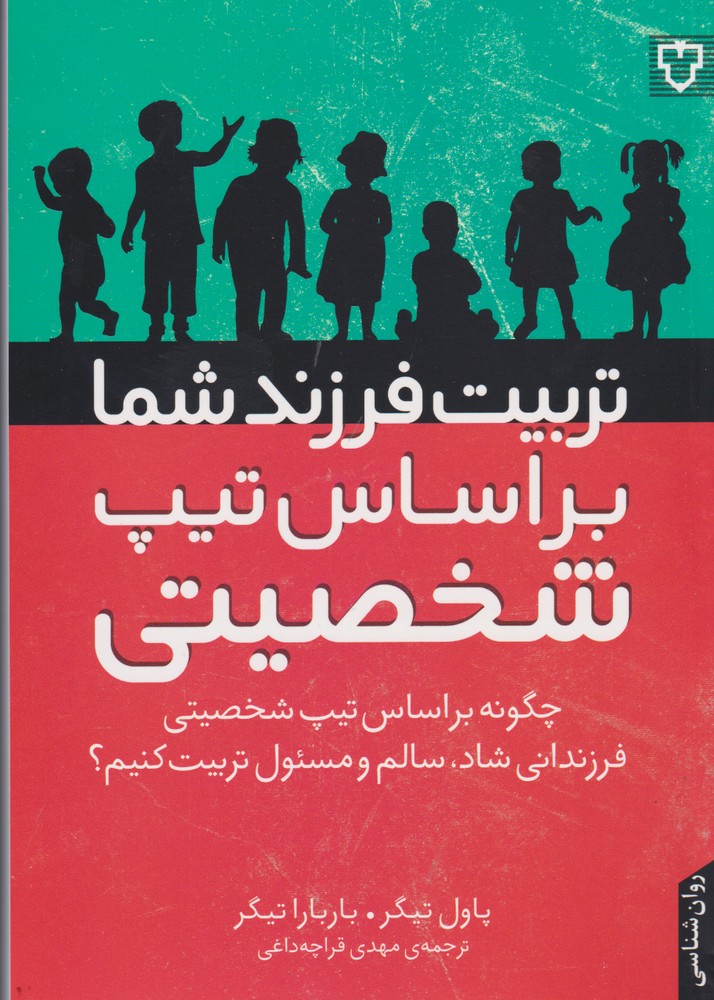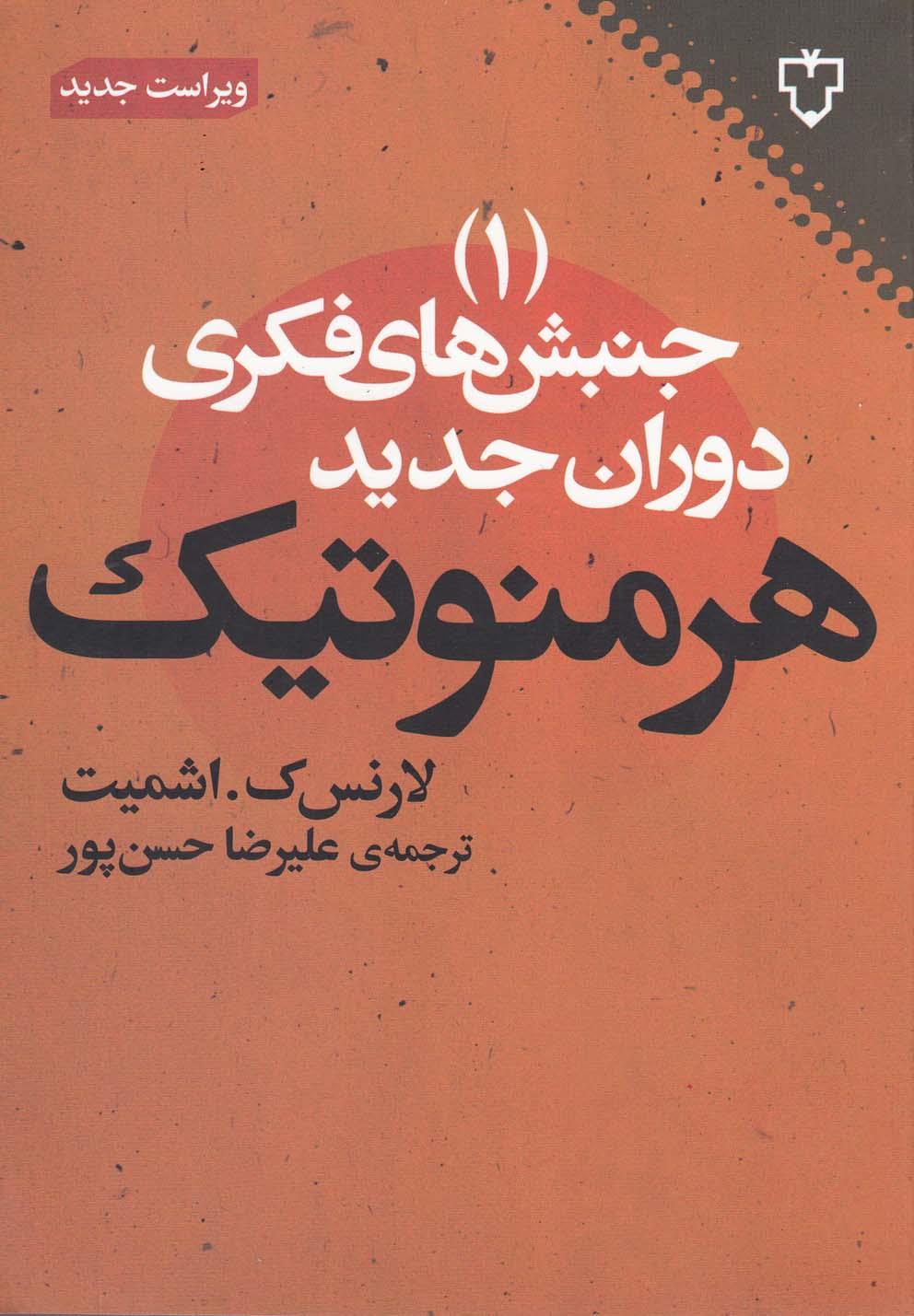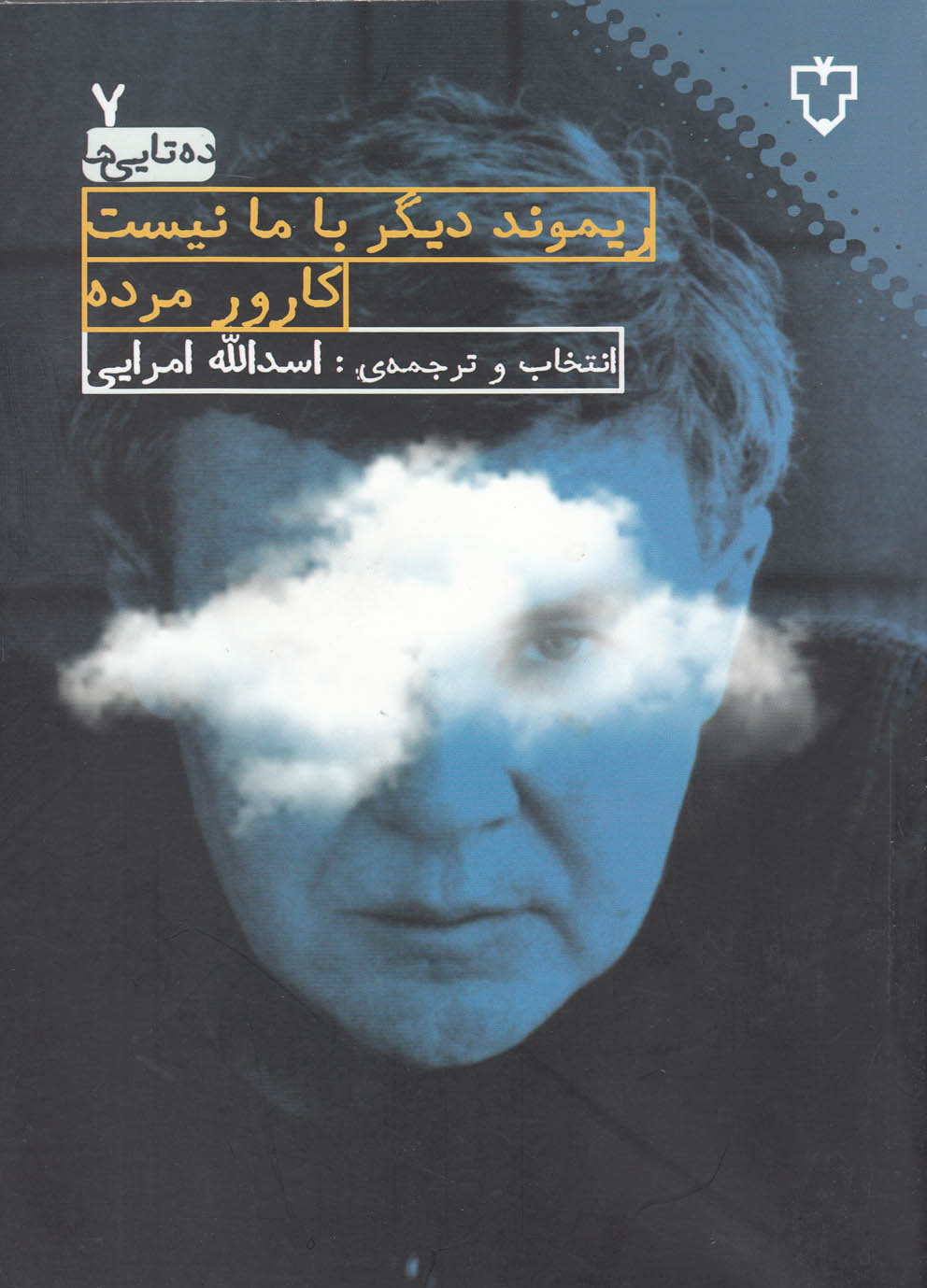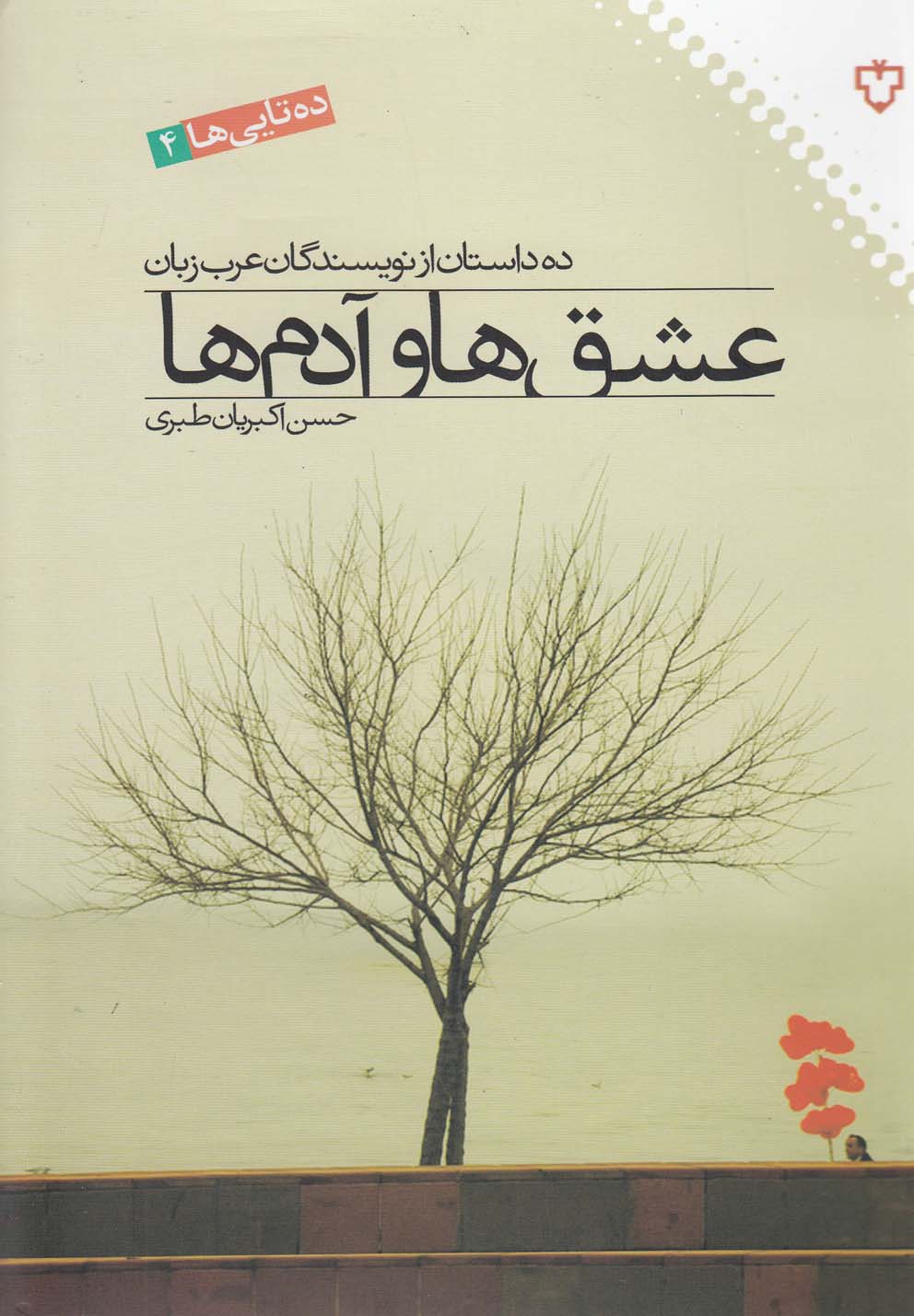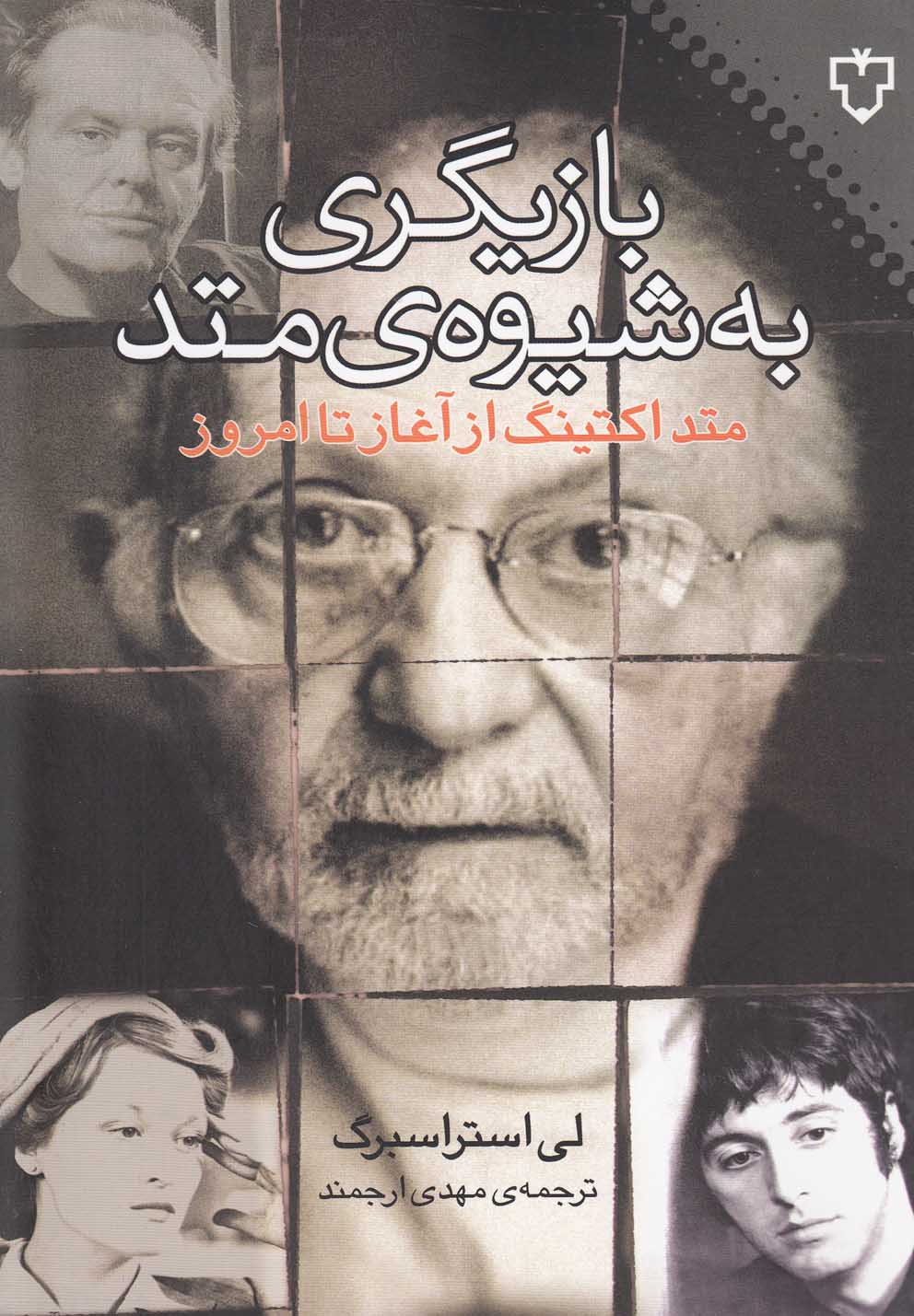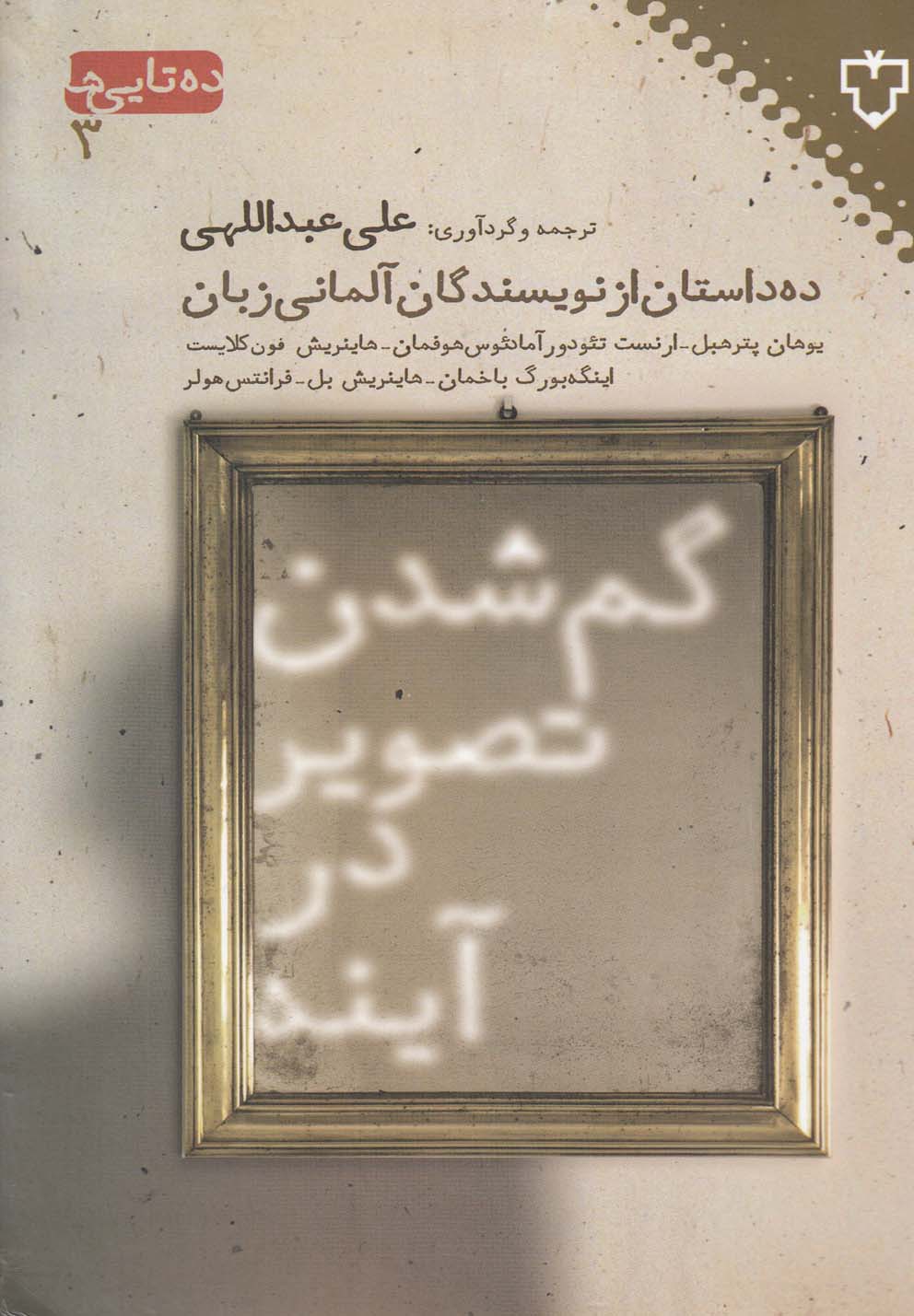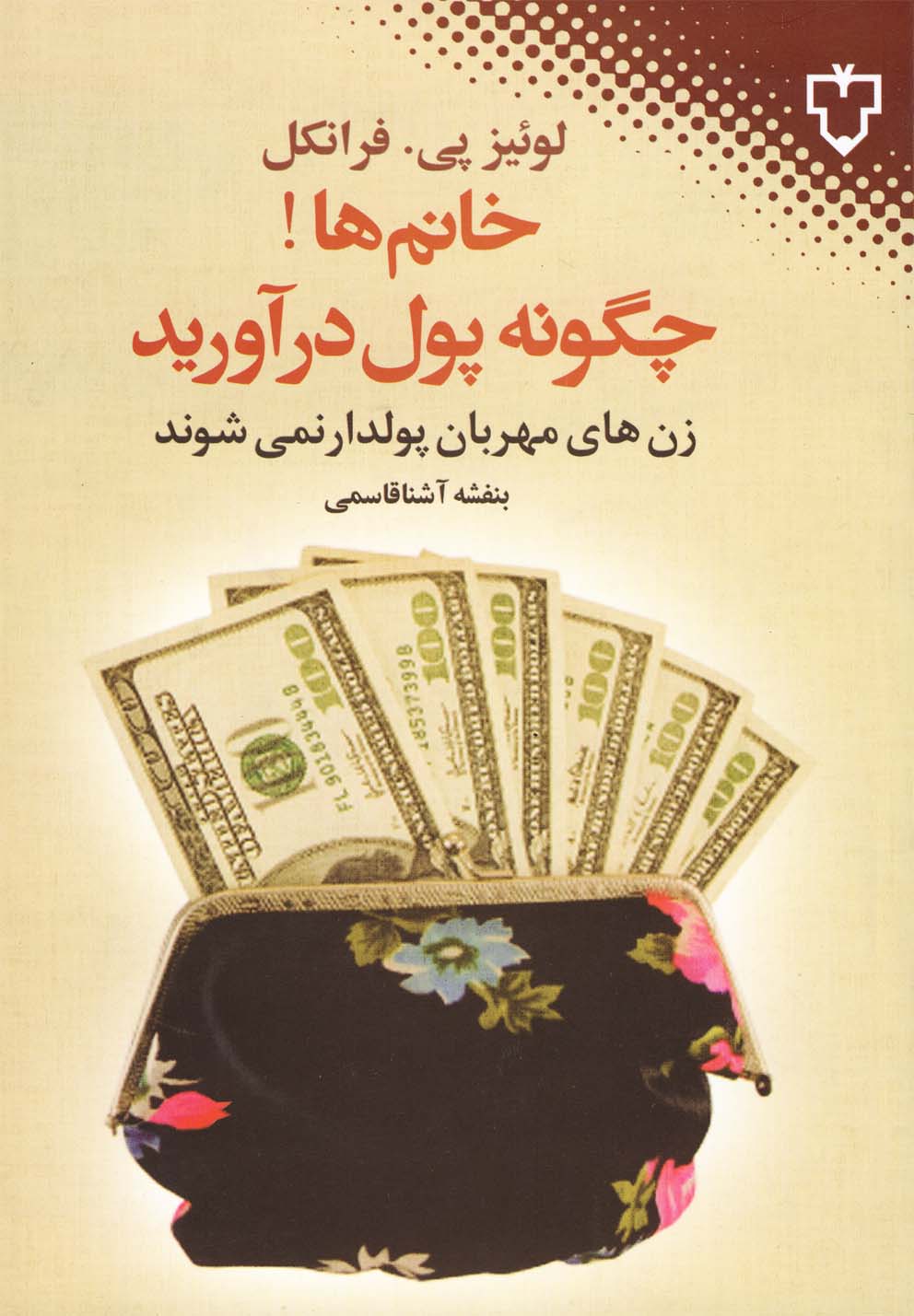Jumhūrī-yi Muqaddas (Burrish'hā-yī az Tārīkh-i Jumhūrī-yi Islāmī): Persian 2016
جمهوری مقدس (برش هایی از تاریخ جمهوری اسلامی)
22.63 $
Share
Wishlist
Original Title:
جمهوری مقدس (برش هایی از تاریخ جمهوری اسلامی)
ISBN:
9789646235557
Publisher:
Naqsh va Nigar
Age Group:
Adult
Pages:
312
Weight:
342 g
Dimensions:
14 x 21 x 2.8 cm
Book Cover:
Paperback
The history of the Islamic Republic introduces us to institutions that have gone through important transformations in the past twenty years and transformed it from one form to another. Returning to history reveals that this transformation, in addition to political forms, also has an ideological nature and arises from the same conflict between tradition and modernity; As in the first chapter of this book, we will study the transformation of the jurisprudence system and we will see how the expedient that was supposed to be the cause of the effectiveness of jurisprudence turned into its tool. In this chapter, we will read how the jurists formed a party and built a government. The second chapter is the story of these men; Those who bridged the gap between the National Front and the Islamic Republic (Hassan Habibi) and changed from radicalism to liberalism (Mousavi Khoiniha) or founded the Hojjatiyeh Association and joined the Islamic Mutalfa (Akbar Parvaresh) and most importantly, the history of the Islamic Republic is always remembers (Mehdi Karroubi). Of course, the story of the Islamic Republic is not limited to domestic politics. A regime that wanted to export its revolution started importing democracy less than two decades later. It is not within the scope of the recent book to discuss the cause of this transformation, but the reader of the article "Cake and Colt" will definitely understand how the difficulties of war lead to turning to peace; Or the reader of the article "Welcome after 14 years" will understand how revolutionary actions turned into diplomatic behaviors. The final chapter of this book, while being a type of etymology for the history of the Islamic Republic, also reviews the behavior of parts of the opposition of this political system.
more
تاریخ جمهوری اسلامی ما را با نهادهایی آشنا میسازد که در طول بیست سال گذشته دگردیسیهای مهمی را پشت سر گذارده و آن را از صورتی به صورت دیگر متحول ساخته است. بازگشت به تاریخ آشکار میسازد که این دگرگونی افزون بر صورتهای سیاسی سرشتی ایدئولوژیک نیز داشته و از همان شیرازهگشایی میان سنت و تجدد برمیخیزد؛ چنان که در فصل اول این کتاب دگردیسی نظام فقاهت را مورد مطالعه قرار میدهیم و خواهیم دید چگونه مصلحتی که قرار بود سبب کارآیی فقاهت شود خود به ابزار آن بدل شد. در همین فصل خواهیم خواند چگونه فقیهان حزب تشکیل دادند و دولت ساختند. فصل دوم داستان همین مردان است؛ کسانی که فاصله میان جبهه ملی و جمهوری اسلامی را درنوردیدند (حسن حبیبی) و از رادیکالیسم تا لیبرالیسم متحول شدند (موسوی خوئینیها) یا انجمن حجتیه را وانهادند و به موتلفه اسلامی پیوستند (اکبر پرورش) و از همه مهمتر، آنکه همواره تاریخ جمهوری اسلامی را به یاد میآورد (مهدی کروبی). قصه جمهوری اسلامی البته به سیاست داخلی محدود نیست. نظامی که میخواست انقلاب خویش را صادر کند به فاصله کمتر از دو دهه به واردات دموکراسی دست زد. در حوصله کتاب اخیر نیست که به علت این دگردیسی بپردازیم اما قطعا خواننده مقاله «کیک و کلت» درخواهد یافت چگونه دشواریهای جنگ سبب روی آوردن به صلح میشود؛ یا خواننده مقاله «استقبال پس از ۱۴ سال» درک خواهد کرد که چگونه اقدامات انقلابی به رفتارهای دیپلماتیک تبدیل شد. فصل پایانی این کتاب، ضمن آنکه در حکم نوعی مأخذشناسی برای تاریخ جمهوری اسلامی است، به مرور رفتار بخشهایی از اپوزیسیون این نظام سیاسی نیز میپردازد.
more

